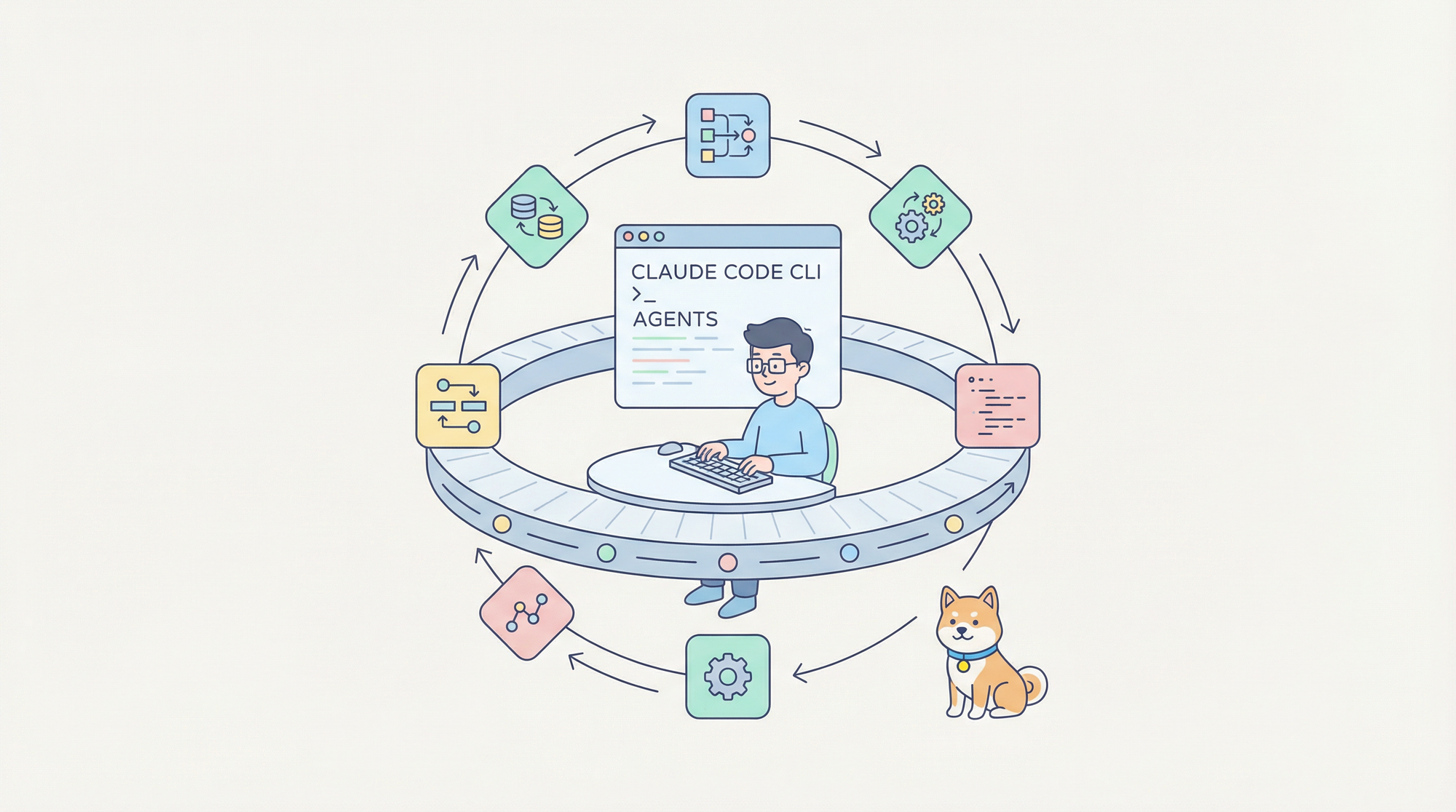In the digital era, where data transfer and web interactions form the backbone of software development, the tools we choose to interact with the web can significantly impact our efficiency and effectiveness. cURL, a powerful command-line tool for transferring data with URLs, stands out as a preferred option for many developers over traditional web browsers. This guide delves into the core advantages of using cURL, providing insights into when and how to leverage this tool for optimal performance.
Elevate your API testing with Apidog, Click the Download button below to get started 👇👇👇
What is cURL Exactly?
cURL, which stands for Client URL, is a command-line utility that allows for the transfer of data using various protocols such as HTTP, HTTPS, FTP, and more. It's built to work without user interaction, making it a powerful tool for automating web requests. cURL is versatile, supporting data transfer operations across a wide range of protocols, authentication mechanisms, and data formats.

Advantages of cURL Over the Browser
1. Automation and Scripting
One of the primary advantages of cURL is its ability to automate repetitive tasks. Unlike browsers, which require manual interaction, cURL can be scripted and integrated into automated workflows, making it an ideal choice for developers looking to streamline their processes.
curl -X POST -H "Content-Type: application/json" -d '{"username":"user", "password":"pass"}' https://api.example.com/login
This simple command automates the process of sending a POST request to a login endpoint, something that would require several steps in a browser.
2. Efficient Data Transfer
cURL operates in a headless mode, meaning it doesn't need a graphical user interface (GUI) to function. This makes it incredibly lightweight and efficient, especially for server-side tasks and data transfers in background processes or on systems without a GUI.
3. Versatility and Protocol Support
cURL supports a wide array of protocols, including HTTP, HTTPS, FTP, SFTP, and many more, out of the box. This versatility allows developers to interact with different services and systems using a single tool.
curl -O ftp://ftp.example.com/file.zip
The above command demonstrates downloading a file from an FTP server, showcasing cURL's protocol support.
4. Custom Headers and Data Manipulation
cURL provides extensive support for adding custom headers, using cookies, and managing sessions. These features are crucial for testing APIs, debugging, and interacting with web services that require authentication or session persistence.
curl -b cookies.txt -c cookies_new.txt -H "X-Custom-Header: value" https://api.example.com/data
This command uses cookies for session management and includes a custom header in the request.
5. Secure Transfers
With support for SSL and TLS, cURL facilitates secure data transfer, ensuring that data is encrypted over the network. It's also equipped with features to work with certificates and key pairs, adding an extra layer of security for sensitive operations.
6. Portability and Integration
cURL is cross-platform, running on Linux, Windows, macOS, and more, which ensures that scripts using cURL can be easily shared and executed across different environments without modification.
7. Debugging and Testing
cURL offers verbose output options that provide in-depth information about the request and response, including headers, status codes, and timings. This makes it an invaluable tool for debugging and testing web applications.
curl -I https://www.example.com
The -I option fetches the HTTP headers of a given URL, useful for debugging and analyzing server responses.

When to Use cURL Over a Browser
Automated Testing: cURL is ideal for automated testing of APIs, web services, or any web-based application that needs to be tested programmatically.
Data Transfer Tasks: When you need to download or upload files programmatically, especially within scripts or automated workflows.
Headless Environments: In server environments without a GUI, cURL is invaluable for performing web requests.
Development and Debugging: cURL's verbose output options are great for debugging HTTP requests and responses, offering insights that are not as easily accessible in browsers.
How to Use cURL Over a Browser
Basic Commands
Fetching a Web Page: To download the contents of a web page, you can use:
curl http://example.com
Downloading a File: To download a file, the -O option tells cURL to save the file with its original name:
curl -O http://example.com/file.zip
Advanced Usage
Sending POST Requests: Useful for testing APIs, you can send a POST request with data using:
curl -d "param1=value1¶m2=value2" -X POST http://example.com/api
Using Headers: For operations requiring HTTP headers, such as bearer tokens for authentication, cURL can include custom headers:
curl -H "Authorization: Bearer YOUR_TOKEN" http://example.com/api
Scripting with cURL
Integrating cURL into scripts allows for complex operations like checking a website's status or automating login processes. Here's an example script that checks if a website is up:
#!/bin/bash
response=$(curl -s -o /dev/null -w "%{http_code}" http://example.com)
if [ "$response" -eq 200 ]; then
echo "Website is up."
else
echo "Website is down."
fi
How to Simplify JSON POST Requests Using Apidog
Apidog provides a seamless bridge for transitioning from manual cURL commands to a more automated, graphical approach for API testing and automation. This transition is especially valuable for teams and individuals seeking to streamline their API interaction workflows without sacrificing the power and flexibility cURL offers.

Ease of Use: Apidog's graphical interface simplifies the creation and execution of API requests, reducing the learning curve associated with cURL syntax.
Automation Capabilities: Enables the automation of API requests, allowing for scheduled testing and batch processing without manual intervention.
Collaboration and Sharing: Facilitates team collaboration by allowing users to share API requests and responses, enhancing project communication.
Enhanced Debugging: Provides detailed analytics and response data visualization, aiding in the identification and resolution of issues more efficiently.
Versatile Integration: Seamlessly integrates with existing workflows, bridging the gap between manual command-line testing and automated API interactions.
Explore Apidog Browser Extension
Conclusion
cURL offers a robust set of features that make it superior to web browsers for specific tasks, particularly those related to development, testing, and automation. Its command-line interface, coupled with support for a wide range of protocols and advanced features, makes it an indispensable tool for software engineers and developers. By understanding when and how to use cURL effectively, you can enhance your development workflow, automate repetitive tasks, and perform complex web interactions with ease. Whether you're debugging an API, automating file downloads, or integrating web requests into your scripts, cURL provides the flexibility and power to get the job done efficiently.




